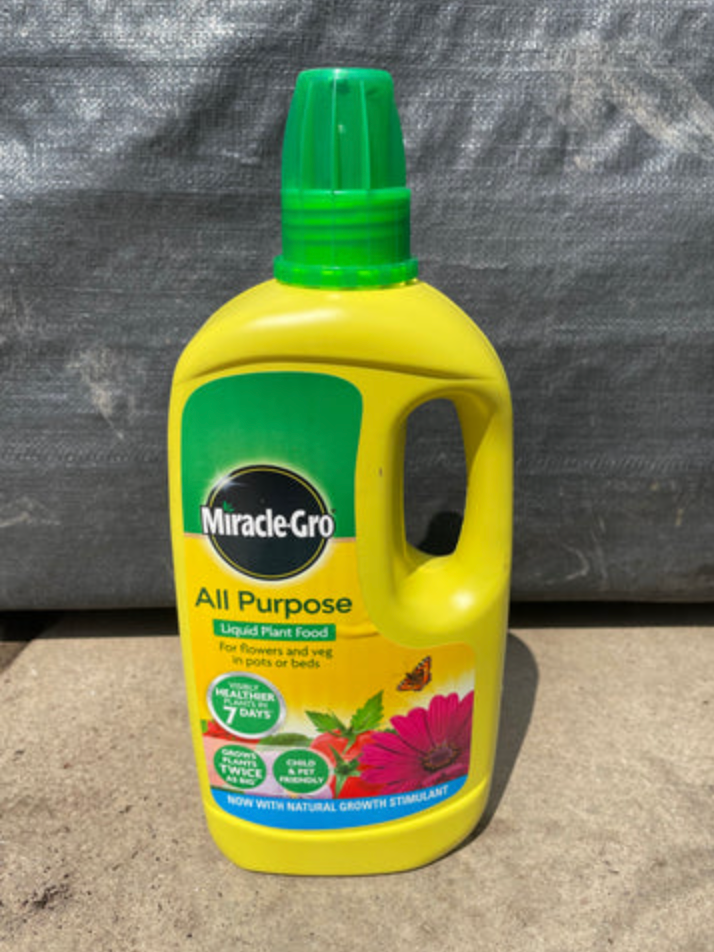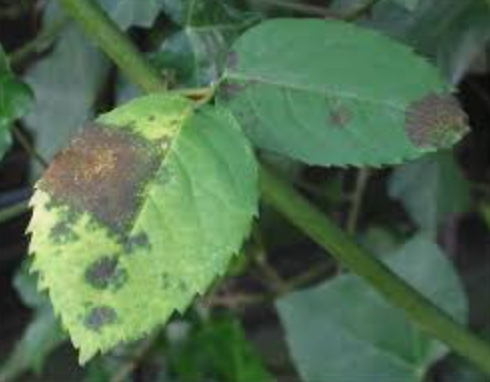After Care
Watering
To ensure successful establishment of new plants, it is crucial to keep the roots moist throughout the year, regardless of the season. However, between December and February, plants are typically dormant and may not require additional watering, as there is usually enough rainfall to keep the roots moist. In the event of a dry winter, it's important to water the plants to prevent the ground from drying out.
Watering is necessary for plants to access nutrients from the ground. Only the ground surrounding the roots needs to be kept moist, so it's recommended to water each tree with a hose for about 2 minutes three times a week from April to December, unless there is heavy or persistent rain. In the case of light, misty rain, watering is still necessary as it may not provide enough water to reach the roots.
During summer (July-September), new plants require more water than any other time of the year, so watering should be increased to three times a week for 3 to 4 minutes with a hose when the temperature rises above 25°C. In drought or extremely hot weather (above 30°C), watering every day is necessary, even for established plants, as they can be vulnerable in such conditions.
It's essential to avoid overwatering plants as it can lead to waterlogged roots. If an irrigation system is in place, ensure it is set up with a timer following the recommended watering schedule. Smaller plants planted under larger trees or over root-balls may require more water in summer than the standard advice, as the larger tree roots may take most of the water in the ground. Keep an eye on the area above the roots and water accordingly.

Feeding
To ensure quick establishment, newly planted plants require fertilisation as the soil may not have enough nutrients for strong growth. It is recommended to feed the plants from April to October with a nutritionally balanced fertiliser containing Nitrogen, Potassium, and Phosphorus.

It's important to use the correct concentration of fertiliser when feeding newly planted plants. Insufficient feeding will not provide enough nutrients for the plants to grow strongly, while excessive feeding can damage their roots. To ensure good quality and success, we recommend using a well-known brand like "Miracle Grow" for liquid fertilisers. Follow the instructions provided by the manufacturer to determine the precise strength required and how often you should feed your plants safely.
Most plants will thrive with a multi-purpose fertiliser. However, some plants require higher acidity in the soil, which calls for an ericaceous fertiliser during feeding time.
Below is a list of commonly planted plants that require ericaceous fertiliser:
Azalea
Camellia
Erica (Heathers)
Hydrangea macrophylla (for bright flowers)
Ilex (Holly)
Some Magnolia species (not all, as this refers to deciduous trees)
Pieris
Rhododendrons
Evergreen Trees
Even though evergreen trees and shrubs keep their leaves throughout the year, they still go through a natural leaf cycle. In the spring, about 15% of their leaves will turn yellow and fall off. But don't worry, this is normal and approximately 3 new leaves will grow back for every 1 leaf that falls off during late spring and summer.
After harsh winters, evergreen trees and shrubs may experience leaf damage due to factors such as strong winds, temperatures below 0°C, and heavy snow sitting on their canopies. While older leaves naturally drop off, many of the damaged leaves will also fall off and be replaced by fresh-looking new leaves in established plants. This is not the same as blackspot fungus, but the symptoms may appear similar.

